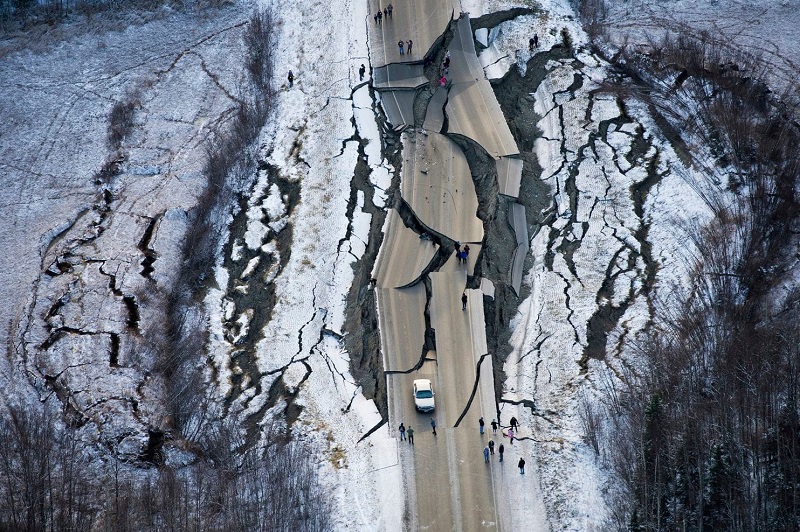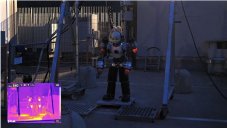GPS Data Helps Detect Early Signs Of Major Earthquakes
Parvati Misra - Jun 15, 2019

Scientists have discovered a way to identify indicators of a mega earthquake using GPS-based information, an advance that may help improve early warning systems for quakes.
- How to Fake GPS Location on iPhone or Android
- Delhi Earthquake Is Just The Beginning, Scientists Warned Indians Of A Quake Stronger Than The One In Nepal In 2015
- Indian NavIC Is More Accurate Than GPS And It Is Coming To The PublicThis Year
Scientists have figured out how to detect an early warning sign for major earthquakes. In a new press published in the journal Science Advances, scientists reported that GPS data may help early warning systems improve greatly.
The scientists from Univesity of Oregon went over data since the early 1990s and discovered a defining moment about 10 to 15 seconds into an event which could possibly signal a pending earthquake with a magnitude of 7 or higher.
GPS is used to monitor plenty of land-based faults similar to seismometer detecting the earthquake's smallest first moments.

Diego Melgar, a professor at the University of Oregon, said that thanks to GPS-based information, early warning systems could be enhanced significantly. Scientists discovered that when an earthquake in transitions into a "slip pulse," it has mechanical properties signaling magnitude. They also could identify similar trends in Chinese and European databases. On 29th May, the research was published in the journal Science Advances.
The databases have data collected from over 3,000 earthquakes. The telltale signs of displacement acceleration were identified between 10 to 20 seconds of 12 powerful earthquakes occurring from 2003 to 2016.
GPS is being used to monitor plenty of land-based, but it's not as frequently used in real-time hazard monitoring due to its delay.
He added that this delay could be improved by placing sensors on the seafloor to detect the early acceleration behavior. In doing so, the early warning systems' accuracy could be strengthened.
Featured Stories

ICT News - Dec 25, 2025
The Visibility Concentration Effect: Why Half the Web Isn’t Qualified Anymore

ICT News - Jul 05, 2025
Windows 11 is Now the Most Popular Desktop OS in the World

ICT News - Jul 02, 2025
All About Florida’s Alligator Alcatraz: A Smart Move for Immigration Control

ICT News - Jun 25, 2025
AI Intimidation Tactics: CEOs Turn Flawed Technology Into Employee Fear Machine

ICT News - Jun 24, 2025
Tesla Robotaxi Finally Hits the Streets: $4.20 Rides That'll Make You Hold Your...

ICT News - Jun 24, 2025
World's First Flying Humanoid Robot Takes Flight

ICT News - Jun 24, 2025
When Closed Source Met Open Source: Bill Gates Finally Meets Linus Torvalds After...

Gadgets - Jun 23, 2025
COLORFUL SMART 900 AI Mini PC: Compact Power for Content Creation

ICT News - Jun 22, 2025
Neuralink Telepathy Chip Enables Quadriplegic Rob Greiner to Control Games with...

ICT News - Jun 20, 2025
Comments
Sort by Newest | Popular